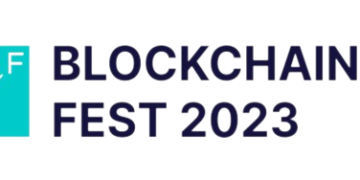I believe in a multichain future. I believe that because of its decentralized nature, blockchains are immune to monopolization risk. I know for a fact that, when we realize the true extent of blockchain technology, multiple L1’s and L2’s will emerge with specialized capabilities. Some can utilize or employ similar technologies, but not one specific chain will be the end-all-be-all solution for every use case we can conceive of.
However, there is a fine line between dominating the market and monopolizing it. This is actually not so different from the emergence of multiple languages and techniques in Computer Science since the 50s.
We have different types of Operating Systems, most popular ones are based on Unix like MacOS, but we also have Windows which is uniquely designed for compatibility between all devices.
We have widely accepted languages that are implemented by large institutes like C, Java, and Python but we also have languages that are specially developed for one thing like Javascript for web development. The list goes on, but the point is yes, yes there will be some L1s and L2s that are going to dominate the market from time to time.
Finally, I also want to mention that believing in a multichain future doesn’t mean I support a cross-chain future. I personally believe that the trustless, decentralized, and secure implementation of cross-chain bridges is simply not possible, at least with our understanding of blockchain technologies.
What are your comments regarding the big bridge hacks that occurred recently?
These are different kinds of hacks, we can’t comment on them in a similar manner. For example, the PolyNetwork incident was caused by a smart contract bug. All the attacker had to do was call the right function with the right parameters. This doesn’t mean PolyNetwork was insecure, it was just poorly executed. However, the Ronin bridge incident happened because of compromised operator keys, which means proper decentralization would have been an easy solution. Finally, the Nomad was not even hacked. Multiple white and black hats extracted tens of millions of dollars because their deployment was faulty, even though the code was fine.
As I stated before, I am not a fan of bridge technologies and I believe we don’t have the solution yet. So, I believe they are risky to use. However, it is not the same for L2s. I believe it is pretty much possible to go bridge-less within a base layer with L2s.
How do you ensure bridge security?
Well, by not caring about decentralization much. If you want something to be secure, you can do it if you carefully code it. However, one will sacrifice decentralization and privacy to do so. Chainlink, which is not a bridge but an off-chain data provider, has done something amazing in securing its chain by working
with whitelisted nodes provided by trusted third parties, mostly big companies. However, it’s up to discussion if we need decentralization in their case.
Similar to bridge designs, security comes first and I believe this is a near-perfect solution until we find something that is secure and decentralized.






























